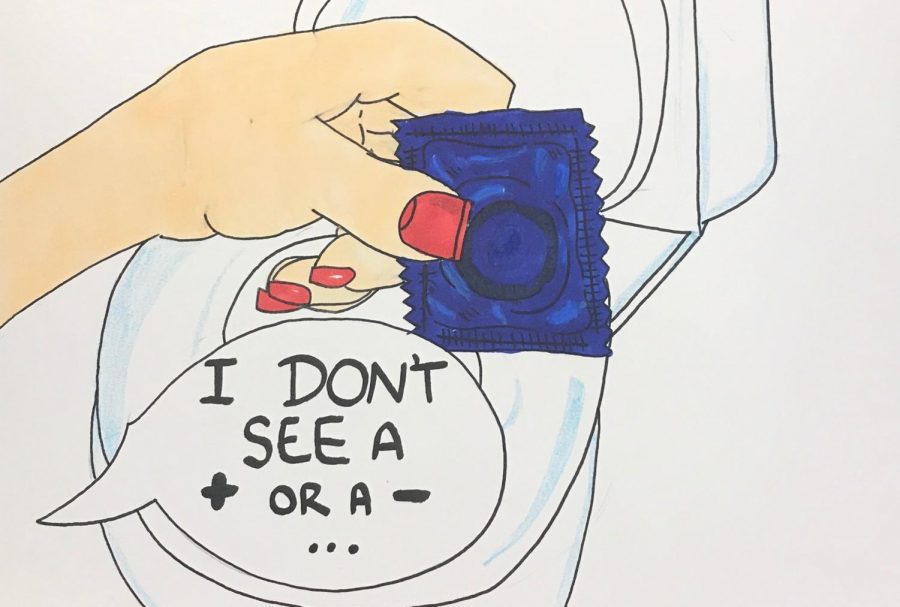November 20, 2018
In America, a “rubber” is slang for a condom. In Australia, it serves as slang for an eraser. Either way, it seems as if MCPS is soon going to have both of these important tools roaming the hallways.
Due to recent reports on the drastic increase of sexually transmitted diseases (STDs) in the U.S. among youth, the MCPS Board of Education, in cooperation with the Department of Health and Human Services (DHHS), adopted a resolution to address student sexual health at the start of the 2018-2019 school year. This resolution requires all schools within the county to make latex condoms as well as sex education accessible in health rooms as of Oct 1. However, STDs are not the only thing on the rise, and condoms should not be the only thing offered to students in regards to sexual health.
According to a study by Advocates for Youth on adolescent sexual behavior, teen birth rates in the U.S. are about eight times higher than those in other developed countries; over 40 percent of high school students are sexually active, and high school seniors alone are a whopping 62 percent of those sexually active. With the amount of sexually active teens increasing by the year, teen pregnancy is just as much of a scare as an STD, if not more.
While MCPS is taking a step forward by providing condoms in health rooms to promote sexual health, schools should take this a step further by making pregnancy tests available to students.
Pregnancy tests are just as hard to access for students as condoms are, and while they serve a different purpose, they are just as important for students to have within reach. Not all CHS students can drive themselves to the drug store to purchase a pregnancy test if they are worried for any reason, and not all parents will be understanding as to why their kid wants to buy one. Few parents are accepting of the sexual activity of teens, and chances are asking to go to Walgreens to make sure one is not pregnant will not receive a positive response.
According to a Jan. 2014 Planned Parenthood survey, 50 percent of all teens feel uncomfortable talking to their parents about sex. If teens are not talking to their parents about their love lives, they are even less likely to ask to buy pregnancy tests.
Pregnancy tests are also inexpensive, so it would not be hard for schools countywide to afford them. It makes sense that things like birth control or plan B are not offered at schools because although they would be useful for students to have easy access to, both products can cost upwards of $50, making it pricey and difficult for the county to provide. However, this is not the case with pregnancy tests; with affordability and an important purpose, it is hard to argue a case as to why these tools should not be available to MCPS students.
According to the Walgreens website, the average cost of one pregnancy test is about $10 less than a box of condoms.
Some may say that offering condoms in schools, as well as pregnancy tests, would only encourage students to become sexually active and make questionable decisions. However, statistics show that almost half the high school population is already sexually active. The availability of condoms will not motivate more students to have sex, but rather promote safe sex and sexual health, because if students do decide to become sexually active, it is important they take the right steps. As for pregnancy tests, these will only help students from having the deal with the stress of a pregnancy scare on top of their APs and SAT/ACT tests.
MCPS did the right thing by issuing condoms to all high school health rooms. It shows a progressive look at preserving the health of students as well as the county, and will benefit the student body as a whole. Nevertheless, it is crucial to take it further and provide pregnancy tests as well; it’s better to be safe than sorry.


